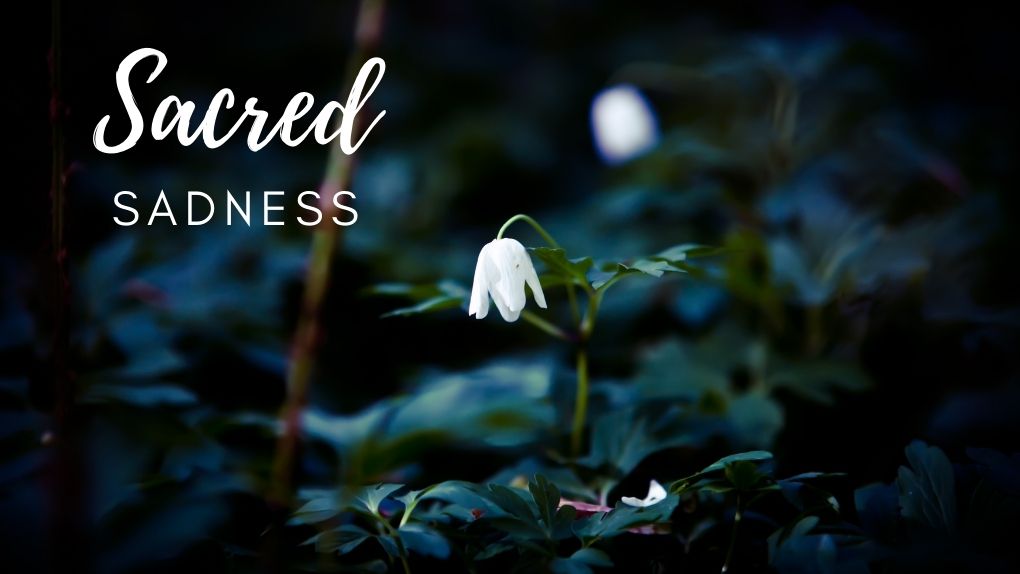“For godly grief produces a repentance that leads to salvation”
-2 Cor. 7:10
Samuel Barber’s Adagio for Strings is one of the most recognizable and respected classical works. Often it is called and referred to as the saddest music ever created. The adagio came to be known as the international anthem for mourning and grief used during presidential funerals, national and international tragedies. There is something very special about this music. Its profound and pure melody touches the human heart as we feel our souls and minds melting into its tune, becoming part of it and stepping out of our bounded selves. It captivated many composers and musicians who played with Adagio’s dark tune of sadness, trying to rearrange and explore it. Amazingly, some of them managed to transform it from an anthem of sadness to one of joy. One such well known example is Dutch DJ Tiësto’s adaptation of the Adagio as a dance anthem of joy with nearly ninety million youtube views. The story of this amazing transformation reminds and teaches us that sadness and joy are not two different and opposed realities, but deeply connected and linked. Therefore, for us to truly comprehend what it means to have joy in our lives and be happy, we have to understand sadness.
There is a strong social pressure to be and appear cheerful and happy in life, at work and in our everyday interactions and relationships. And of course, that is something we all desire and want. Yet, the truth is that modern society suffers from a profound and deep sadness. We do all we can to mask the sadness of our lives by learning to smile and look cheerful when our souls are suffocating from the lack of joy and happiness. We try to forget about the sadness by turning to anti-anxiety pills, bouncing from one diagnosis to another, increasing, decreasing and switching pills.
The strange thing about being happy is that it relies on our ability to learn how to be sad. No matter how carefully and meticulously we try to isolate ourselves from sadness, everyday things people say and do, leave us feeling hurt and sad. Intentionally and subconsciously, we shut down these negative feelings and push our minds into a state of denial. But sadness can’t be simply masked and covered by artificial smiles, pills, or denial. So we become restless, we lose sleep or we develop addictions.
Pain and sadness, of course, are horrible things. But because these are part of the reality and the world we live in, we need to allow our minds and souls to properly process sadness so it doesn’t mutate and becomes an obstacle and barrier preventing us from feeling true joy and happiness.
We see in the Gospels that sadness was one of the feelings that our Lord and Savior experienced and felt. Why would he do so if not to show us that it is OK to be sad, that he can understand and relate to our sadness? What is really remarkable in the Biblical narrative is the clear connection between sadness and joy. For instance, first, we learned that Christ was sad and heartbroken to hear about the passing of his friend Lazarus which is immediately followed by the joyful resurrection of Lazarus. In the same way, we see Jesus overtaken by the sadness in the Garden of Gethsemane before we learn and witness the Gospel proclaiming the joy of Resurrection. When properly experienced in prayer and faith, sadness always leads us to healing and recovery, guiding and showing us the way to the source of all human joy and happiness – our Lord Jesus Christ, to whom glory and honor now and forever, amen.
Sermon Illustration: Samuel Barber’s Adagio for Strings
Original
DJ Tiësto’s adaptation


